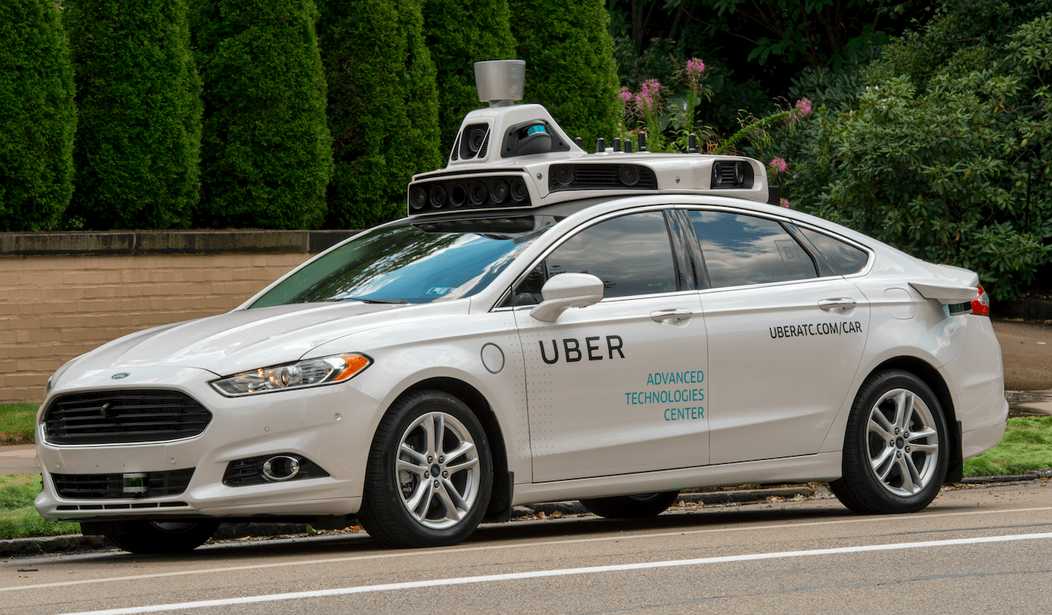We’ve all heard about fake news, stories that are made up out of thin air. That’s different from news that might have some errors or is someone’s opinion that we don’t agree with. Well, tech has some of the same issues. I call it fake tech. Like fake news, the perpetrators know what they are saying is not true, but they get away with it, at least for a while.
As an example, Uber announced last year (image above from their announcement) that they were beginning to use driverless cars to pick up passengers in Pittsburgh, Pa. The announcement created a huge amount of publicity, with stories citing how much further ahead Uber was in the race for perfecting the driverless car. But what Uber didn’t say was that each car would have two people in the front seat monitoring and, yes, driving the car much of the time. Their PR department was able to slant the story in a way that distorted the truth to create a false narrative and to make it different than it really was.
Another example is Theranos, a high-profile Silicon Valley health startup that claimed to have invented a compact blood testing machine and process that just required a drop of blood to run a full complement of tests, promising to revolutionize the process of blood testing.
It raised millions of dollars from respected investors, including Walgreens, which was going to put a machine in every store. The company had a notable board of directors including former Secretary of State Henry Kissinger, former Secretary of Defense Bill Perry, former Secretary of State George Shultz, former Senators Sam Nunn and Bill Frist, former Navy Admiral Gary Roughead, former Marine Corps General James Mattis, former CEOs Dick Kovacevich of Wells Fargo and Riley Bechtel of Bechtel.
But it turned out that the company, with an evaluation of $9 billion, never was able to make their technology work, in spite of their charismatic leader, Elizabeth Holmes, saying it did, while never allowing any outsiders to see it. It took an investigative reporter from the Wall Street Journal to uncover the fraud.
And just this past week, another high-profile tech company is throwing in the towel, after promising to deliver a state of the art drone, artfully demoed in its spectacular videos.
Lily Robotics ran a crowdfunding campaign in 2015 that raised almost $50 million, two-thirds in pre-sales and one-third from seasoned venture capitalists.
But it turns out that the video was faked. It was made using a GoPro camera attached to a drone from another company, DJI. The company is facing a lawsuit filed this month in the Superior Court of California of San Francisco.
Lastly, there’s a huge amount of fake tech on the web. It’s so easy to replicate a website or trick us to navigate to a fake site. There are sites that purport to be support sites for companies they don’t have any connection with, and sites offering software to cleanse our computers, while they insert spyware instead.
What can we do about it? Be appreciative and supportive of reputable news sources that really do look beyond the claims and investigate, and be cautious when opening attachments and believing messages from those you don’t know. And if something seems too good to believe, chances are it’s not what is seems. While technology can benefit us in so many ways, unfortunately, there are many that prey on our lack of knowledge and desire to want to believe.








Join the conversation as a VIP Member